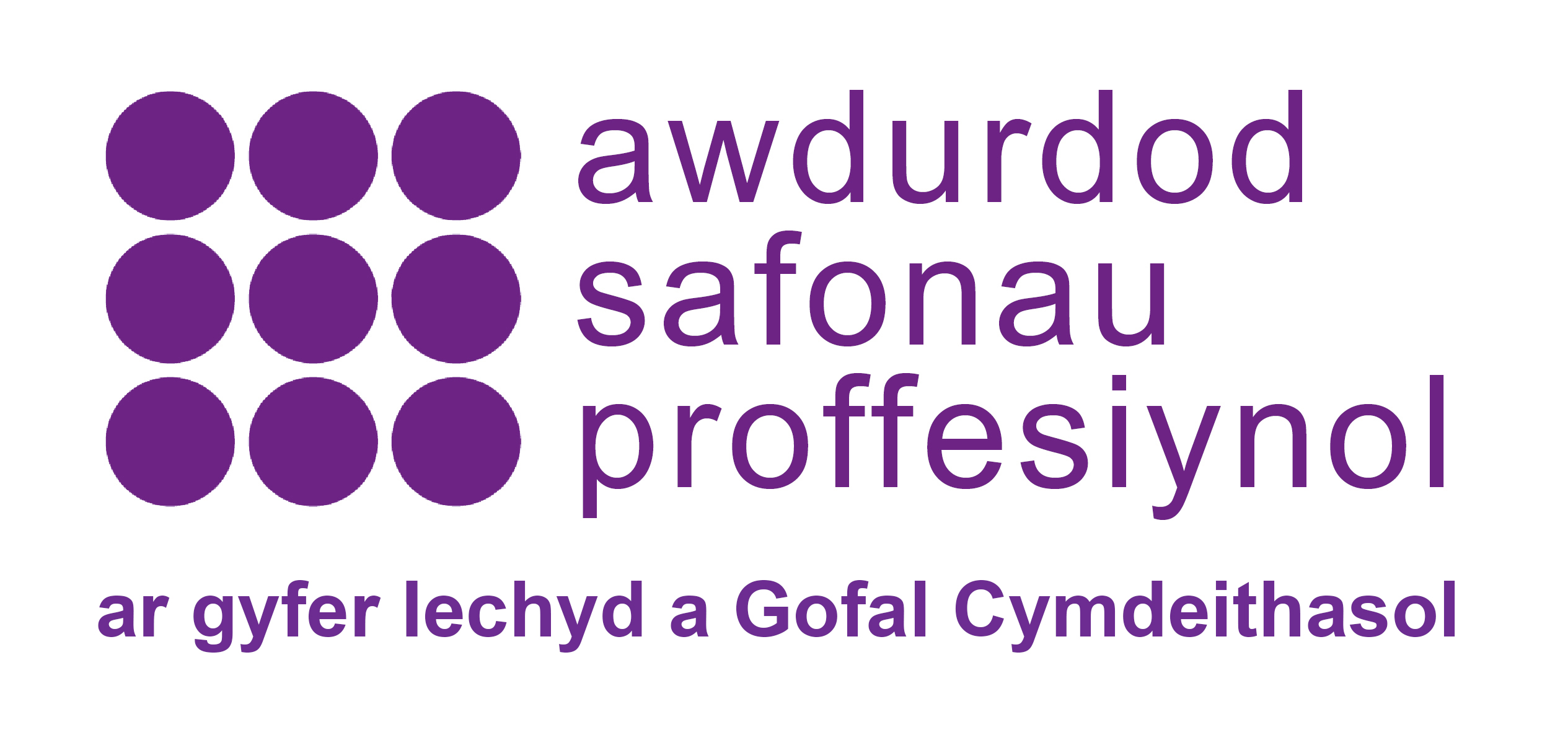Main content
Agility in a time of crisis
04 Jun 2020
There is no blueprint for how a regulatory system should respond to a pandemic. However, the six principles of right-touch regulation – proportionate, consistent, targeted, transparent, accountable and agile – can provide a useful framework for thinking through an appropriate approach. This blog focuses on the principle of agility, exploring what it means and how it might be applied in the context of the current crisis.
Being agile
If we imagine an agile athlete, we might think about their ability to move quickly, to nimbly change direction while maintaining control, and to keep moving throughout. Agility therefore describes a state of readiness to respond to change, but it doesn’t mean simply responding to everything. It also requires balance, coordination and good reflexes.
What does this mean in the context of regulation? An agile regulator would not only be able to respond; it would also be engaged in horizon-scanning, anticipating risks and taking timely action to mitigate these risks, recalibrating as necessary. In addition, an agile regulator would have a discerning perspective, identifying which issues require a regulatory response and which do not need to be the focus of attention. (For more discussion of agility and the other principles of good regulation, see Right-touch regulation.)
Learning from The Regulatory Craft
Malcolm Sparrow’s discussion of responsive regulation in The Regulatory Craft (pp. 38-39) can help us pin down what agility might look like in practice when there are complex choices to be made about the right course of action. In Sparrow’s view, regulators should be able to change their stance depending on the circumstances. In some areas it will be appropriate to have formal legal processes and rigorous enforcement. In others, a more flexible interpretation and application of rules will be beneficial. Having a repertoire of stances available between these ‘hard’ and ‘soft’ approaches to regulation, as well as the ability to choose the right approach, should be more constructive than having to pick one or the other. Sparrow calls this ‘regulatory versatility’.
This isn’t easy. It requires a good knowledge base and a system for examining different situations, evaluating available options, and selecting the appropriate response, as well as the means for successful implementation. It also poses some tricky questions, such as: Who should be authorised to make this selection? Can these choices be made at the operational level, or do they require legislative approval? And, if a regulator does have this varied toolkit of regulatory approaches at their disposal, what do they need to do to ensure each is used and managed appropriately, effectively, and in a coherent way? On this point, Sparrow reminds us of the need to be both inventive and integrated, and the importance of appearing organised as well as innovative.
Agility in the context of Covid-19
Regulatory arrangements should be agile so that they can meet the challenges of system disruption. We are quite used to thinking about this in terms of disruptive innovation and how we might ‘future-proof’ regulation so that it can effectively adapt and respond to things like online services, new workforce roles, or artificial intelligence as they come down the line. But the coronavirus pandemic has presented a very immediate test of regulatory agility under extremely difficult circumstances.
Over recent months, regulatory bodies have responded by developing policies and adapting processes at unprecedented pace and scale. Temporary registers were set up in weeks to facilitate thousands of health and social care professionals re-joining the workforce. Many professionals are working in areas outside their scope of practice to ensure the UK has the workforce it needs throughout the crisis, while students have entered the health service earlier than planned at a time of intense pressure.
Even as we descend from the peak of the crisis, the level of need for health and social care will remain very high. This will include rehabilitative care for those who have recovered from Covid, as well as a significant backlog that has built up during the lockdown. Agility will continue to be critical to the regulatory system’s response going forward; for example, in decisions about ending temporary registration. It is possible that some regulators could use their discretionary powers to ‘switch off’ their temporary registers for different professions or by geography to meet changing patterns of need. In the event of future peaks, it may be attractive to have the flexibility of turning temporary registers on and off as required. But these actions have an administrative burden and risks attached. This ongoing flexibility would therefore need to be coupled with additional safeguards, as well as clear information and ongoing dialogue with all registrants, patients, the public and other stakeholders. Agility does not just mean responding quickly, it means utilising the information and resources available to anticipate and mitigate risks, and to effectively navigate a way through.
Lessons for the future
The coronavirus pandemic has put a huge strain on health and care professionals and the system itself. Hindsight will allow us a better understanding of how our regulatory framework responded, its level of preparedness, and whether things could have been done differently or better. These are important lessons that will help us to manage any new waves of Covid, and to prepare for pandemics in the future.
You can find out more about right-touch regulation here.

